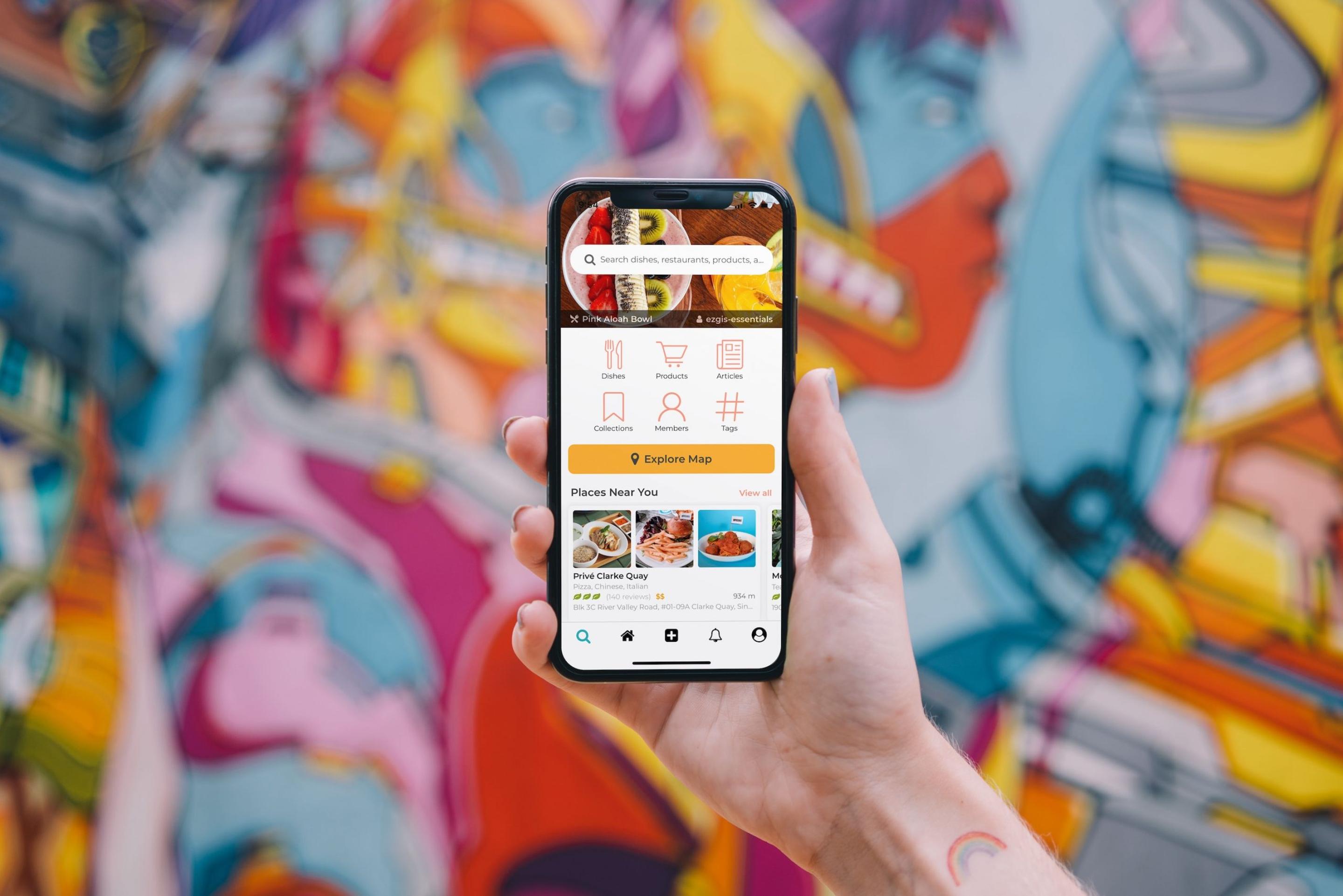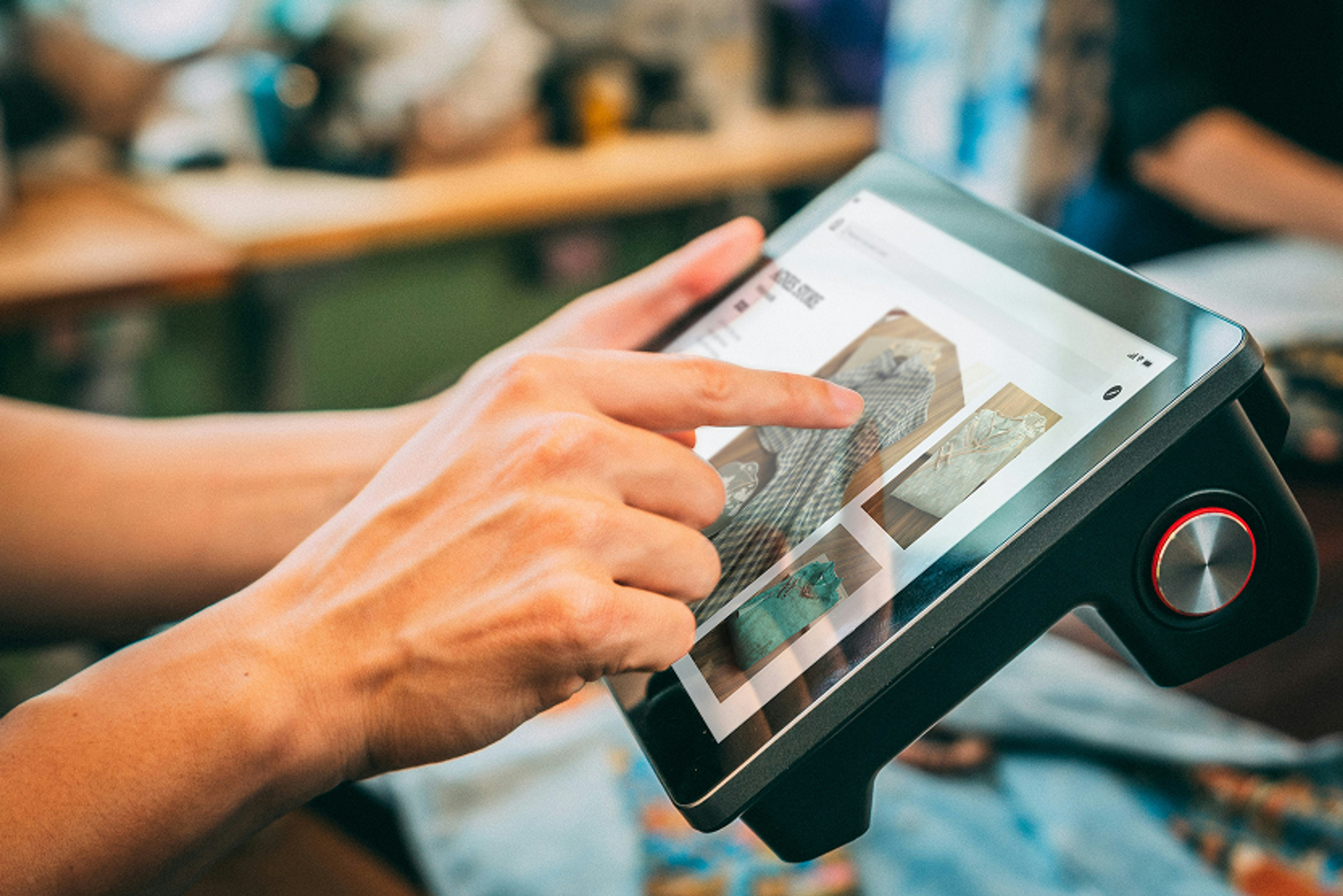Creating Impact via Digital Sustainability

How can digital sustainability create lasting impact?
Digital sustainability is quickly becoming an important growth driver. Recent survey data from Bain and Co. (as reported by the FT) shows that 64% of consumers are worried about sustainability. This means that a clear majority of people are keen to find tools to help them live their best (green) lives. So, in this brief article, we’re looking at how to help them. We’ll examine key digital sustainability definitions, how they each differ and share strategic examples to help you understand the road ahead. Read on to learn more.
What is ‘digital sustainability’?
Digital sustainability definitions can depend on which context or outcomes you’re referring to. According to the UN’s Environment Programme, ‘digital sustainability’ can either be defined as using digital tools to achieve environmental targets or using digital tools to maintain them (i.e., embedding sustainability practices within the design, development, UX and lifecycle of digital systems). As a result, most digital sustainability initiatives are geared towards minimising our environmental impact or resource consumption, but can also include accessibility and equality issues.
Digital sustainability examples
With this definition in mind, here are some examples of digital sustainability initiatives:
Limiting waste
Food waste and recycling apps are a great use case for digital sustainability. Platforms like Olio or Too Good To Go help connect people who have food or other household items that they no longer need with people looking for them.
In turn, they help allocate important or carbon-intensive resources – like food, plastics, precious metals, and so on – more effectively by helping items find second homes from their original owners.
Greenifying behaviours
Ecosia takes a slightly different approach by embedding sustainability within everyday digital behaviours - namely, searching the internet. As a non-profit, Ecosia uses 100% of its profits from advertising revenues to plant trees. Now with 20 million users and 200+ million trees, the organisation has managed to create societal good from a routine and previously innocuous daily task.
Offering inclusivity
Gaming is another great area for digital sustainability. Notable examples like The Last of Us 2 have been hailed as ‘the most accessible game of all time’. By consulting with disabled communities, publisher Naughty Dog was able to offer a highly inclusive and engaging experience to an often overlooked gaming community.
The move was all the more important, as the second instalment of the series was highly anticipated. Best of all, the practice of accessibility or sustainable-first design is catching on within the gaming scene. So much so that, with today’s tools, being inclusive is no longer an option, it’s crucial.
Auditing purchases
Sustainability is a complex issue that spans multiple areas. One of the most important of which is the very decision to purchase an item in the first place. Here, platforms like Good On You are on hand to guide consumers through the sustainability and ethical concerns within fashion. In this way, Good On You helps people stay true to their values by only supporting genuinely well-behaved brands.
Delivering transparency
Finally, digital sustainability is not just for end-consumers. Rather, it’s catching on with shareholders and investors, too. For instance, 2021 data from PwC showed that ESG was an ‘important factor’ for ~80% of investors’ decision-making and ~70% thought ESG factors should figure into executive compensation.
In turn, software solutions like Normative.io are becoming popular to help businesses refine their Green House Gas Protocol reporting and understand what drives their emissions.
How to devise a digital sustainability strategy
Given the wide remit of ‘digital sustainability’, it can be difficult for senior business leaders to devise an accurate and scalable strategy to tackle it. However, that doesn’t mean you shouldn’t try. As we’ve already explored, sustainability is a pressing issue for a majority of consumers; managing to cut across both political ties and demographic cohorts. Below is a rough guide on how to build a digital sustainability strategy which should help you get started:
Step 1: Identify gaps in your digital sustainability
We know this is easier said than done. However, there are likely some small design changes that you can make to improve the UX of your digital touchpoint or its emissions. For example, research from Purdue University found that dark mode in app designs can save up to 9% of battery life while on the base auto-brightness setting on smartphones.
Similar steps, like optimising your website/software’s cloud utilisation to use power more efficiently or even utilising green power sources entirely, can also help. However, for a more detailed look at the potential of your digital sustainability strategy, you’ll likely need external support. So, consider working with expert agencies, existing customers or, like Naughty Dog, underrepresented communities to find new insights.
Step 2: Implement your findings
Once you’ve got an idea of what to work on, it’s time to address it. Naturally, this step will look very different depending on what your digital sustainability definition is and what work on. Regardless, make sure to have reliable data to back up your digital sustainability strategy and the actions you’re taking to improve it.
Step 3: Test and review
Finally, like most other app features or UX projects, it’s time to measure your impact and review your progress. Doing so will help you understand how successful you’ve been (if at all) and to what extent any gaps in your digital sustainability remain. Read our other article on How to measure customer loyalty to learn more about handy metrics you can use to track your progress and refine your digital sustainability strategy over time.
Discover your digital sustainability potential with Future Platforms
Future Platforms is an award-winning digital product design and development agency. We’re experts at crafting digital products and services with intent.
We use forward-thinking market research and industry best practices to refresh your strategic outlook and grow your business with newly engaged customers. To learn more about our services and solutions, get in touch today.





